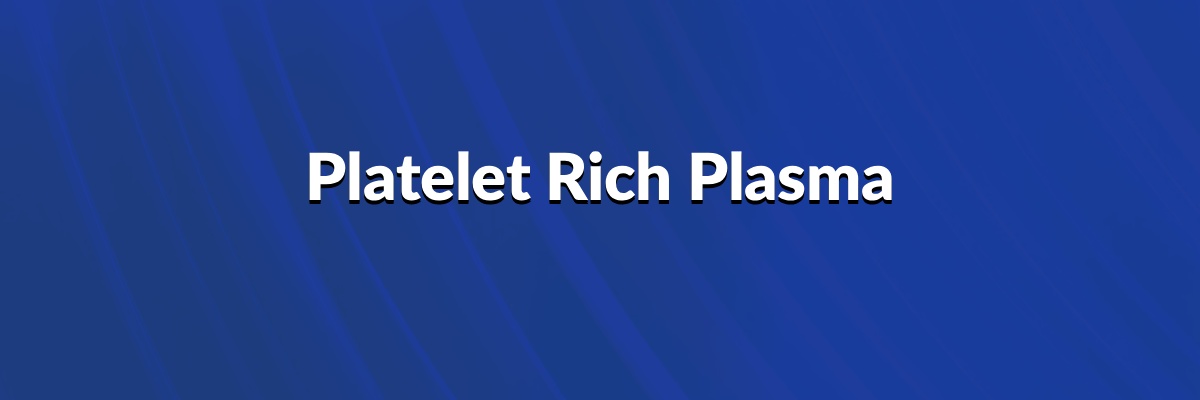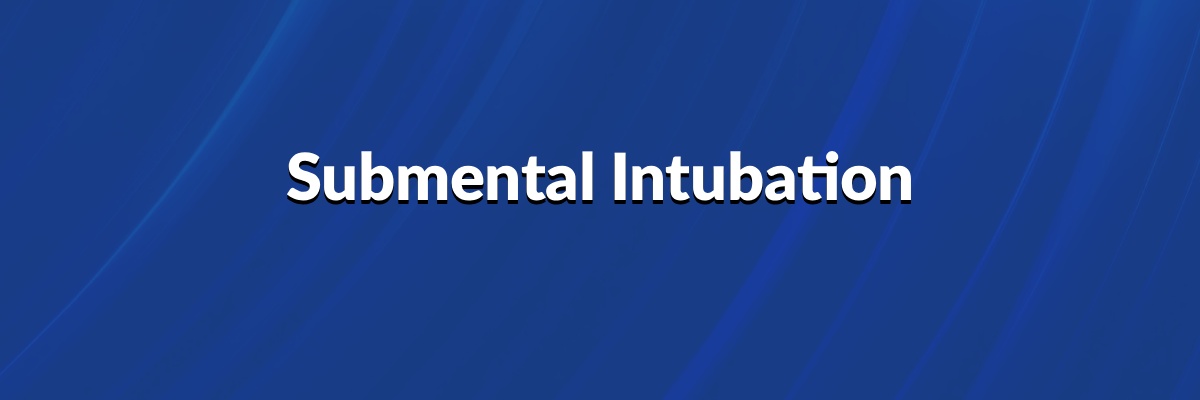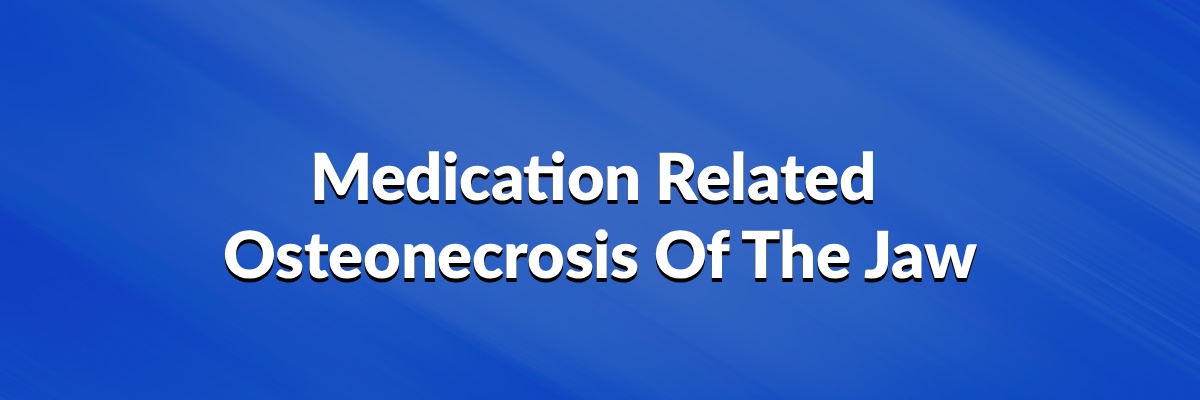- Cluster headaches have a much higher incidence in men than women. The pain is often retro- orbital and is described as intense and boring in character. In addition to the above symptoms, there may be miosis, ptosis, flush and cheek edema which may last for two hours. It recurs nightly for weeks to months followed by months to years of relief from symptoms. Cluster headaches can sometimes be precipitated by vasodilating agents such as alcohol, nitroglycerin, or tyramine containing foods. Cluster headaches may be prophylaxed with ergot preparations at bedtime, amitriptyline or lithium carbonate.
- Classic migraine headache involves painless prodromes such as visual changes (scotoma) followed by (usually unilateral) throbbing headache lasting for 6 to 8 hours and often accompanied by fatigue and photophobia. Common migraines may not be as painful or intense as classic, and do not have a prodrome. Controversy revolves around “tension headaches,” as some think they are musculoskeletal in origin although some may have a partial vascular component.
- Variant migraine refers anyone of several sub-classifications of migraine such as retinal migraine, hemiplegic migraine, etc. Cluster headache is a distinct clinical syndrome affecting men more than woman, with attacks accompanied by ipsilateral lacrimation, nasal discharge, ptosis, conjunctival injection, and pupillary change. Hemiplegic migraine is a migraine variant characterized by motor and sensory symptoms that are unilateral. Symptoms can last longer than the headache itself and complete recovery may take weeks in some cases. Transformed headache is a transformation from intermittent migraine headache attacks to daily or almost daily headache. The excessive and frequent use of symptomatic medications including ergot derivatives, analgesics and high-dose NSAID’s can result in the insidious transformation to daily headaches. This has been also referred to as medication-overuse headache where daily headache is induced and maintained by the medications used to relieve such pain.
- Cluster headache has a 6:1 male predilection, is most commonly periorbital and excruciating, and is strictly unilateral. Episodes last from 15 – 180 minutes, but most commonly from 30 – 60 minutes. Occurrence is from one every other day to eight per day, and they tend to “cluster” over time; each cluster lasts from 1 – 2 months, with one or two clusters per year. Pain is commonly described as burning, piercing, or neuralgic, and ipsilateral autonomic symptoms such as lacrimation, rhinorrhea, miosis, and/or ptosis occur. Migraine typically exhibits throbbing unilateral pain lasting from 4 – 72 hours, nausea, photophobia, and exacerbation by physical activity. Trigeminal neuralgia can be differentiated from cluster headache because pain is transient and not associated with autonomic signs/symptoms. Tension headache is commonly bandlike and bilateral, lasts 30 minutes to seven days, of mild to moderate intensity that does not prohibit activity, and not associated with nausea/vomiting or photophobia.
- Cluster headache is a distinct clinical syndrome affecting men more than woman, with attacks accompanied by ipsilateral lacrimation, nasal discharge, ptosis, conjunctival injection, and pupillary change. The features most predictive of migraine are nausea, photophobia, phonophobia, exacerbation with physical activity. Meningismus is associated such acute events as subarachnoid hemorrhage.







